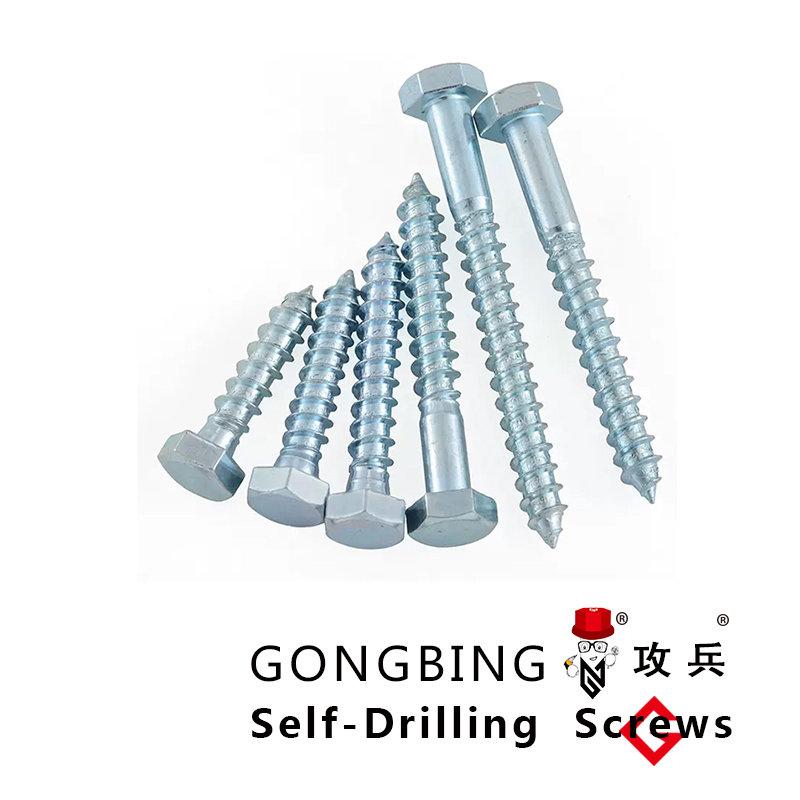Exploring the Importance of Structural Fasteners in Construction and Engineering Applications
Understanding Structural Fasteners Essential Components in Construction and Engineering
Structural fasteners are vital elements in the world of construction and engineering. These components, which include bolts, screws, nuts, and washers, play a crucial role in ensuring the integrity and stability of structures. Without the right fasteners, buildings, bridges, and other infrastructures would be unable to withstand the forces they encounter, making the study and application of structural fasteners essential for any engineer or architect.
What are Structural Fasteners?
Structural fasteners are mechanical devices used to attach two or more components together. They come in various sizes, shapes, and materials, each designed for specific applications. The most common types of structural fasteners include
1. Bolts These are cylindrical rods with a head on one end and threads for a nut on the other. Bolts are typically used in conjunction with nuts to create strong, durable connections. 2. Nuts Nuts are hexagonal or square blocks with internal threads that fit over the external threads of bolts. They are used to secure the connection created by the bolt.
3. Screws Unlike bolts, screws can create their own internal thread in the material they are driven into, allowing for direct fastening without the need for a nut.
4. Washers These flat, disc-shaped components are placed under bolts or nuts to distribute the load, preventing damage to the fastened material and reducing the risk of loosening over time.
Types of Structural Fasteners
Structural fasteners can be classified based on various criteria, including their material composition, grade, and the type of connection they create
. Some common materials includestructural fasteners

- Steel Known for its strength and durability, steel fasteners are often used in heavy-duty applications. They can also be coated or galvanized to resist corrosion.
- Stainless Steel This material offers superior corrosion resistance and is ideal for fasteners used in wet or coastal environments.
- Aluminum Lightweight and resistant to corrosion, aluminum fasteners are commonly used in applications where weight reduction is crucial, such as in aerospace and automotive industries.
- Plastic For applications requiring non-corrosive fasteners or electrical insulation, plastic fasteners are an excellent choice.
Importance in Structural Integrity
The primary function of structural fasteners is to ensure that different parts of a structure work together cohesively. A well-designed fastener system can absorb loads, distribute stress, and maintain alignment, thus ensuring the longevity of the structure. Engineers must consider factors such as load capacity, environmental conditions, and material compatibility when choosing fasteners.
One of the significant challenges in the use of structural fasteners is fatigue — the progressive and localized structural damage that occurs when a material is subjected to cyclic loading. Therefore, selecting the right fastener grade and understanding the application’s requirements is crucial in mitigating risks associated with fatigue.
Conclusion
In conclusion, structural fasteners are indispensable in the field of construction and engineering. They ensure that various components of a structure remain securely attached and can endure the demands placed upon them. As technology advances and new materials become available, the design and application of structural fasteners will continue to evolve. For engineers and architects, a thorough understanding of these essential components is crucial, as they lay the foundation for safe and resilient structures that stand the test of time.
-
Weatherproof Plastic Expansion Anchors for Outdoorපුවත්Jun.06,2025
-
Sustainability in the Supply Chain: Eco-Friendly TEK Screws Productionපුවත්Jun.06,2025
-
Load-Bearing Capacity of External Insulation Fixingsපුවත්Jun.06,2025
-
Double Head Bolts: Enhancing Efficiency in Industrial Machineryපුවත්Jun.06,2025
-
Corrosion Resistance in Chipboard Screws: Coatings for Wholesale Durabilityපුවත්Jun.06,2025
-
Butterfly Toggle Bolts : Enhancing Structural Resilienceපුවත්Jun.06,2025
